On Colorado Blvd in Pasadena in 1942, the Aerojet Engineering Company founded the first manufacturing facility for the production of rocket propulsion systems. This site was selected to be honored by AIAA because of its significance as one of the first production sites for rocket motors, laying part of the foundation for the rocket business. Production was done under the leadership of Aerojet's first president, Dr. Theodore von Karman, world-renowned scientist and engineer from the California Institute of Technology. The plant remained here until 1945.
Aerospace & Aviation
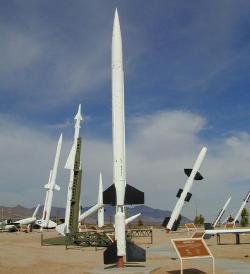
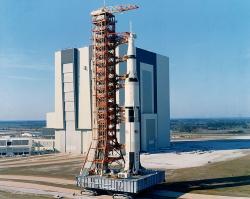
The largest rocket built at the time of the historic first missions to the moon, the Saturn V carried aloft the 45-ton Apollo spacecraft on earth orbital and lunar missions from 1967 to 1972. It also launched the 120-ton Skylab into earth orbit on May 14, 1973.
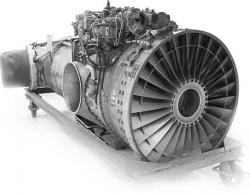
Bristol State: BC Zip: BS34 7QE Country: UK Website: http://www.asme.org/about-asme/history/landmarks/topics-a-l/air-and-space-transportation/--168-pegasus-3-engine-bs-916-%281960%29, https://www.asme.org/getmedia/f2e04cf6-f24f-4633-bb2f-ef61c5deb500/168-Pegasus-3-Engine-BS-916.aspx Creator: Bristol Aero-Engines Ltd. (now part of Rolls-Royce), Hooker, Stanley
The Pegasus 3 is the earliest surviving example of the prototype engine for vertical/short takeoff and landing (V/STOL) jets, namely the Royal Air Force's Harriers and US Marine Corps' AV-8Bs. Owned by the Rolls- Royce Heritage Trust (a company-sponsored history and preservation society), the artifact is an early developmental model of the Pegasus 3 engine, the first to fly with sufficient thrust to prove the vectored-thrust concept for V/STOL jet aircraft, in 1960.

The RL-10, which served as the power plant for NASA's upper-stage Centaur space launch vehicle, was the first rocket engine to use high-energy liquid hydrogen as a fuel. It has provided precisely controlled, reliable power for lunar and planetary explorations. The RL-10 embodied numerous advanced design features, including multiple use of its fuel with the "bootstrap cycle." The RL-10 is also capable of multiple restarts in space, which enables positioning of satellites or further escape of Earth's gravity.
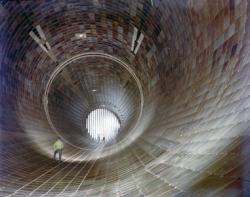
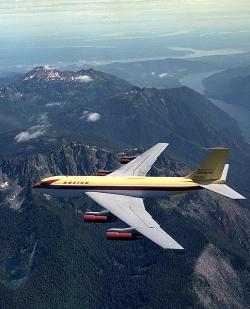
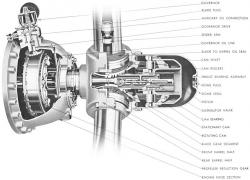
Bradley Intl. Airport Windsor Locks State: CT Zip: 06096 Country: USA Website: http://www.asme.org/about-asme/history/landmarks/topics-a-l/air-and-space-transportation/-149-hydromatic-propeller-%28ca--1938%29, http://files.asme.org/ASMEORG/Communities/History/Landmarks/5572.pdf Creator: Hamilton Standard
Rapid development of aircraft design in the 1930s required many related innovations, including propeller design. The hydromatic propeller by Hamilton Standard marked a significant advance over the counterweight-type, controllable pitch propeller. The first test flight of the prototype took place in 1938: the public demonstration was made by a United Air Lines DC-3 over New York City on April 6, 1938. It played a distinguished role in allied combat aircraft in World War II.

Binghamton State: NY Zip: 13905 Country: USA Website: https://www.asme.org/about-asme/who-we-are/engineering-history/landmarks/210-link-c-3-flight-trainer Creator: Link, Edwin
During the 1920s, Edwin A. Link was employed in his father's organ building and repair business. He obtained his pilot's license in 1927 and became convinced that a mechanical device could be built as an inexpensive method to teach basic piloting. Link received three patents on his flight trainer (No. 1,825,462, March 12, 1930; No. 2,244,464, June 3, 1941; and No. 2,358,016, Sept. 12, 1944).
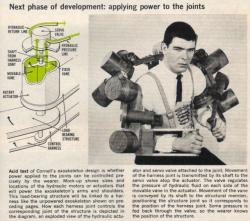
Tracing its history to the earliest days of powered flight – to the Wright brothers and Glenn Curtiss – the site began as the research laboratory of the Curtiss-Wright Aircraft Company. After World War II, it was donated to Cornell University, and in January 1946 opened its doors as the Cornell Aeronautical Laboratory. Nearly every military aircraft and space vehicle developed in the United States from the end of World War II until the present day has been tested at the facility, now known as Calspan.
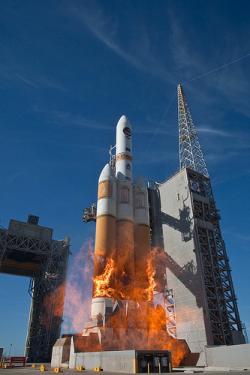
Vandenberg Air Force Base was the nation’s first space and ballistic missile operational and training base. Beginning with its first launch, a Thor Intermediate Range Ballistic Missile (IRBM) on December 16, 1958, it has been the launch site of many of America’s military satellites and polar-orbiting satellites.


